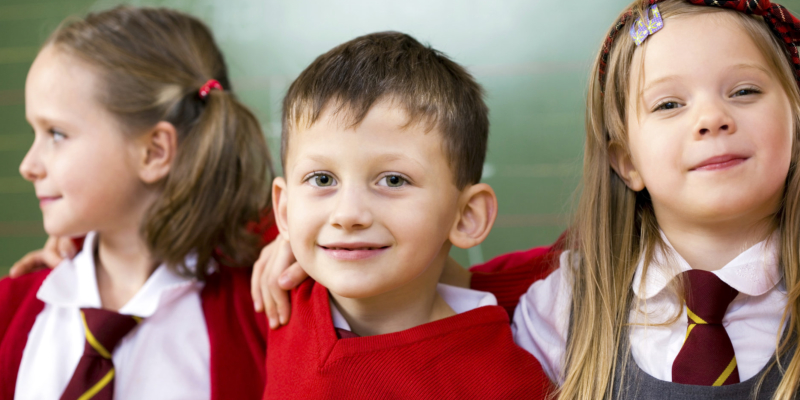
Are your children entering school with the social and cognitive skills and competencies needed for school success? Are schools in your area equipped and ready to provide optimal learning environments for your children? Is your family able and ready to prepare your children for a smooth transition into school?
You may be thinking why and how does school readiness make a difference, especially when each child will learn what they need at their own pace once they start school? That depends on what you understand school readiness to mean…gone are the days when the maturity level of the child (that would allow for quiet, focused work) is the main indicator of school preparedness. The United Nations define it as a child who is “…physically healthy, mentally alert, emotionally secure, socially competent and able to learn”.
According to UNICEF (United Nations International Children's Emergency Fund), school readiness is a time of transition that requires the interface between individuals, families and systems. The benefits of school readiness have been linked with improved social and behavioural competencies in adulthood as well as positive academic outcomes in primary and secondary school. Therefore the benefits of school readiness are described at three developmental time points: when the transition to primary school is considered complete, typically around 8 years of age; in secondary school and during adulthood. For this reason, school readiness is gaining currency as a viable strategy to close the learning gap and improve equity in achieving lifelong learning and full developmental potential among young children.
Parents are instrumental in the preparation of their child and in their own preparation that will enablethem to help their child make the smooth transition into school life. What can parents do? Parental and caregiver attitudes and involvement in their children’s early learning, development and transition to school cannot be over emphasized. Parents’ education goals for their children and the learning environment provided in the home – as indicated by parents’ engagement with their children (in learning activities such as singing, reading books, telling stories and playing games), is considered to be one of the characteristics of ready families. With a personal strategy, parents can give their children the best life chances – from the word go!
Current thinking about school readiness focuses on a couple of years prior to primary school entry, although families prepare their children for school right from birth. The care provided for development through antenatal visits, breastfeeding, early stimulation behaviours for new-borns and infants are primary indicators of parenting practices that promote the learning and development of their children. An effective strategy takes account of many factors, however the interaction between parents and the child’s school nearing the time of transition - is critical: families must learn to work with the school system.
In addition, assistance from others such as extended family, nurseries, child-minders, nannies and supplementary schools can take the pressure off parents: of having to do everything themselves (especially if they have full time jobs and so on). These others can provide support over time, in developing competencies in 4 main areas of a child’s readiness for school. A range of basic behaviours and abilities determine the likelihood of success in school, and include sustained attention, emotional regulation, following directions, and social relationships.
Other competencies considered important are attitudes towards learning, such as task persistence, creativity, initiative, curiosity and problem solving. Maths skills include early understanding of mathematical concepts, measurement logic and pre-numeracy skills, while language and Englishliteracy take oral language and emerging literacy into account. Physical competencies include fine and gross motor development such as sitting still for an appropriate period of time.
Summary of UNICEF report on school readiness:
http://www.unicef.org/education/files/Chil2Child_ConceptualFramework_FINAL%281%29.pdf